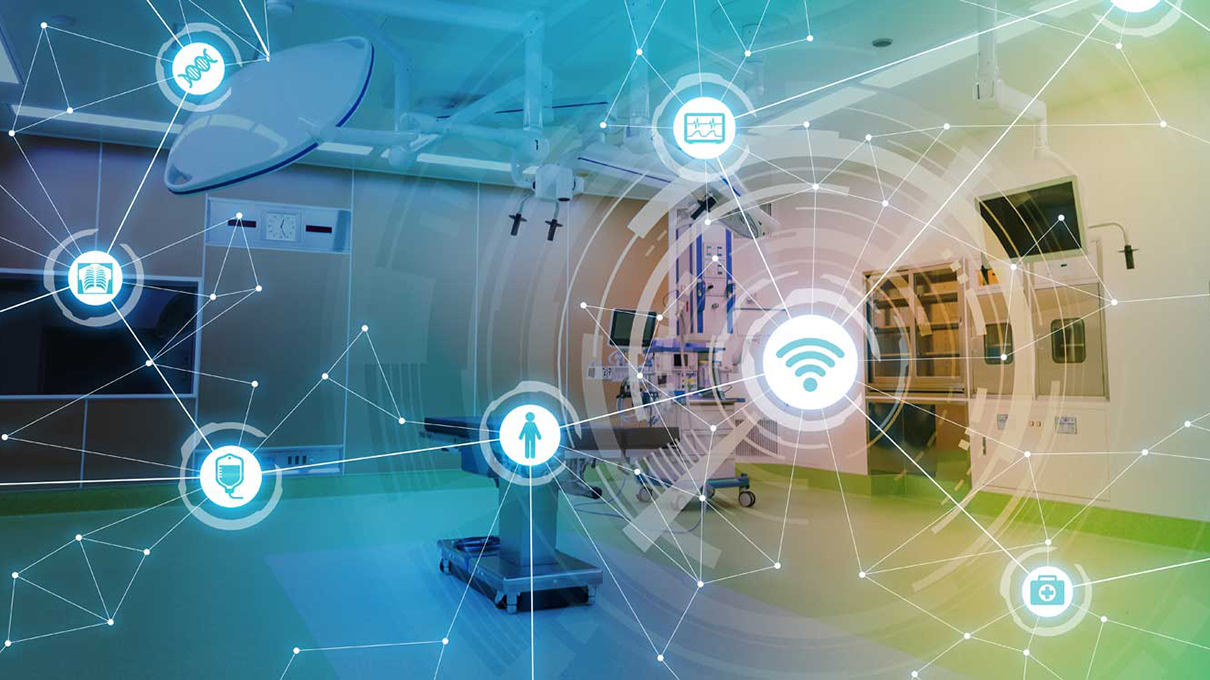
How the Internet of Things (IoT) Cut Hospital Equipment Loss Costs by 25%
May 9, 2023
For most hospitals, equipment losses and associated replacement costs are a major expense. Over the course of a hospital’s life, between 10 and 20% of its assets can be lost—representing hundreds of thousands, if not millions, of dollars. More often than not, these losses are not done intentionally or fraudulently, but are due to a lack of systems for tracking and managing these assets.
As hospital operations become more complex, manual asset management is no longer sufficient. However, innovative use of the Internet of Things (IoT) and other technologies provides a solution for streamlined, more efficient management. See how we helped a regional hospital implement such a system and reduce their medical equipment costs by 25%.
The problems with hospital asset tracking
From infusion pumps to wheelchairs, hospital staff face the daily challenge of locating needed equipment to serve patients, only to find this equipment has been misplaced. In some cases, like patient transfer mattresses, the equipment is either mistakenly thrown out or left with EMS responders, never to return. The problems with this status quo are clear:- Loss of expensive assets that the hospital must spend significant amounts of money to replace
- Wasted time and energy among hospital staff that could be better spent performing more critical tasks, like serving patients
- Patient safety is put at risk, as critical equipment is either not accessible or takes too long to find
Indoor asset tracking through the Internet of Things (IoT)
We supported a regional hospital through their efforts to curb medical equipment losses by implementing indoor asset tracking for key medical equipment. One of the hospital’s goals was to build a tracking system that was user-friendly, operated on a unified management platform, and wouldn’t exceed the value of the assets being tracked. Speed of deployment and scalability were two additional considerations. Initially, we supported the use of asset tracking for patient transfer mattresses, a commonly misplaced item. This was made possible through creative and innovative use of BLE/LoRaWAN enabled beacons and moving asset tracking algorithms to the cloud, creating a single IoT infrastructure that could add and scale multiple asset tracking use cases rapidly. LoRaWAN was specifically chosen due to its affordability and efficiency compared to alternatives like Wi-Fi and cellular. It accomplishes this by minimizing hardware and infrastructure requirements, which in turn reduces messaging costs significantly. After building the mesh network, we equipped each mattress with tracking chips. Then we divided the hospital into zones, enabling communication between mattresses and zones, monitoring movement within the hospital, and receiving notifications when mattresses approached exit zones. Following the success of this new system with mattresses, we quickly expanded our support to include infusion pumps and wheelchairs, enabling a more comprehensive tracking of assets within the hospital. This solution not only streamlined asset tracking but also enhanced hospital safety and compliance reporting. By leveraging their initial IoT investment, the hospital expects to reduce equipment loss costs by at least 25% annually.Final thoughts on IoT asset tracking in hospitals
Too many dollars are lost, staff time wasted, and patients inconvenienced due to poor systems for asset tracking. By using IoT-based technology to monitor and track asset movement, hospitals can reduce costs and streamline their internal operations. Building a system like this one requires high levels of expertise in many different areas, which is why it’s a mistake to go it alone. By partnering with a healthcare technology expert like 3Pillar Global, you can identify the highest areas of impact and start creating value quickly, establishing a foundation for future scalability. See how 3Pillar Global can streamline your hospital operations and save you lost dollars. Contact us to get started.About the Author

BY
SHARE
Recent blog posts

Stay in Touch
Keep your competitive edge – subscribe to our newsletter for updates on emerging software engineering, data and AI, and cloud technology trends.



